Railroads should brace for sharp traffic and revenue declines this year as the coronavirus pandemic plunges the global economy into recession, economists and analysts say.
The big question is how deep the recession will be and how long it will last. “There’s a lot of uncertainty … a lot of guesswork still going on,” Canadian Pacific CEO Keith Creel told investors this week, adding that it was unclear whether the economic disruption caused by the pandemic will last two months, three months, six months – or even longer.
Highlighting the uncertainty, forecasts for U.S. economic output in the second quarter ranged from declines of 3% to 30%, according to a March 23 survey of 14 Wall Street firms. Most of the job losses and economic damage was expected to be in the service sector, including restaurants, retail, and tourism-related industries.
But that is expected to translate into significant reductions in rail traffic as consumer spending drops and industrial production slows.
“Carload volumes are likely to move much weaker in the coming months than initially expected as the carload sector deals with headwinds in almost every major commodity sector. The previous expectation was for flat to slightly weaker volumes in 2020 and that is now likely to be down 8% to 10% from 2019’s low levels,” says Todd Tranausky, a rail and intermodal analyst at FTR Transportation Intelligence, a freight forecasting firm.
The outlook for intermodal isn’t much better, with FTR now projecting a decline of between 6% and 8%.
Global container traffic could fall 10% this year, says Lars Jensen, a maritime trade expert who is CEO of SeaIntelligence Consulting. International intermodal volumes were the first to feel the impact of coronavirus as Chinese exports all but dried up in February amid quarantines in China.
“We are already 12% down year-over-year, so maybe another 12% downward leg is reasonable and perhaps that is the optimistic case,” intermodal analyst Larry Gross says. “The key question is how long our shutdown lasts.”
International intermodal volume may get a boost in the next few weeks as shipments from China arrive at North American ports, Gross says.
Railroads could cushion the blow of domestic intermodal declines by using pricing to gain volume from the highway. “In recessionary times, folks are more willing than ever to compromise to save a buck,” Gross says. “With operating ratios in the 60’s, the rails have plenty of room to lower price if they choose to. While previously the hands of the pricing managers may have been handcuffed by the organizations’ unwillingness to compromise operating ratio due to the fear of affecting the stock price, now that share prices have tanked and with volume … perhaps looming larger in Wall Street’s eyes, maybe the handcuffs will come off.”
The Class I railroads may see revenue declines of between 5% and 25% this year, depending on the severity of the pandemic and its economic consequences, Credit Suisse analyst Allison Landry wrote in a research note this week.
Since Feb. 19, Class I railroad stock prices have fallen between 27% (Canadian National) and 45% (Norfolk Southern) amid the broad market selloff, Landry notes.
Analysts expect the Class I systems – which are more profitable than ever and able to quickly cut costs – to hold up well financially
Kansas City Southern executives said on Wednesday that half of the railroad’s costs are variable and can be reduced as volume falls.
“Class I railroads’ ability to reduce variable costs in periods of declining volume has historically allowed them to weather downturns better than other transportation modes,” says Lee Klaskow, Bloomberg Intelligence senior transportation analyst
That likely will mean more layoffs in an industry that saw overall employment levels fall by more than 10% last year in the U.S., driven by traffic declines and the implementation of precision scheduled railroading operating models at four of the five U.S.-based Class I systems.





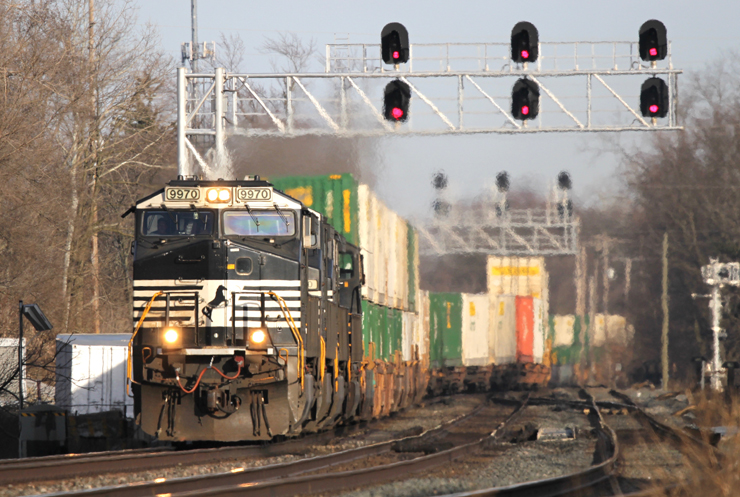

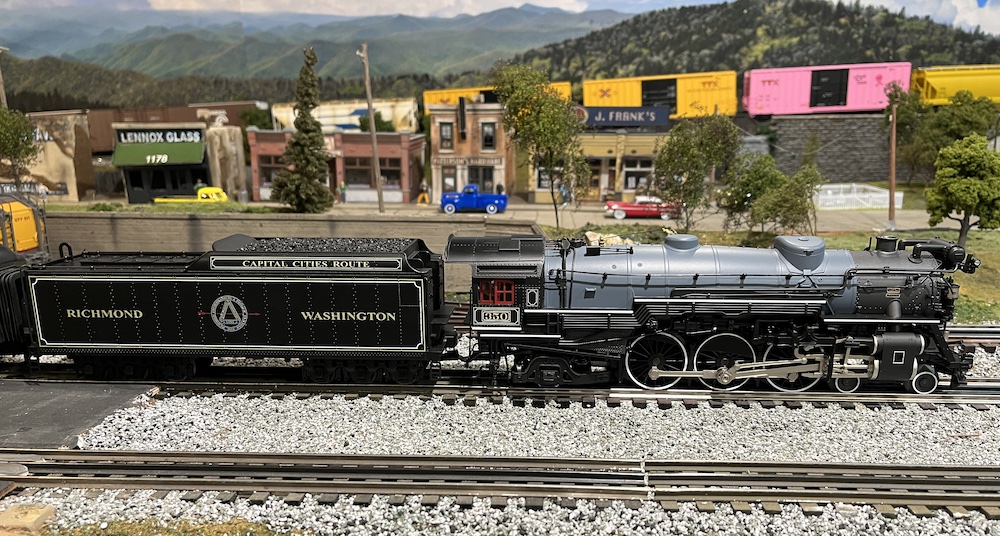
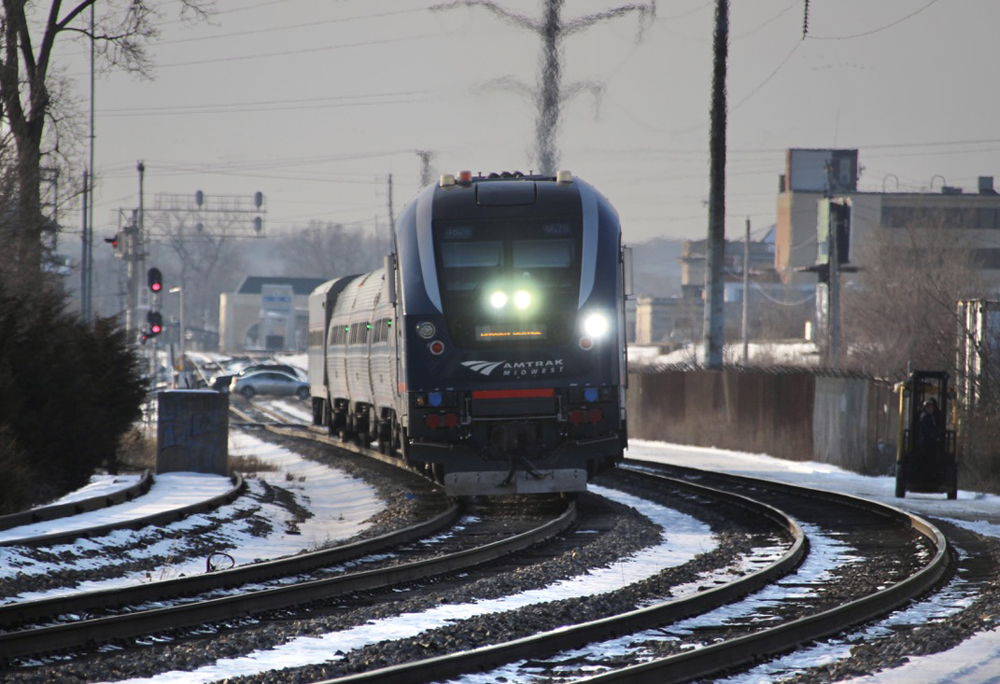
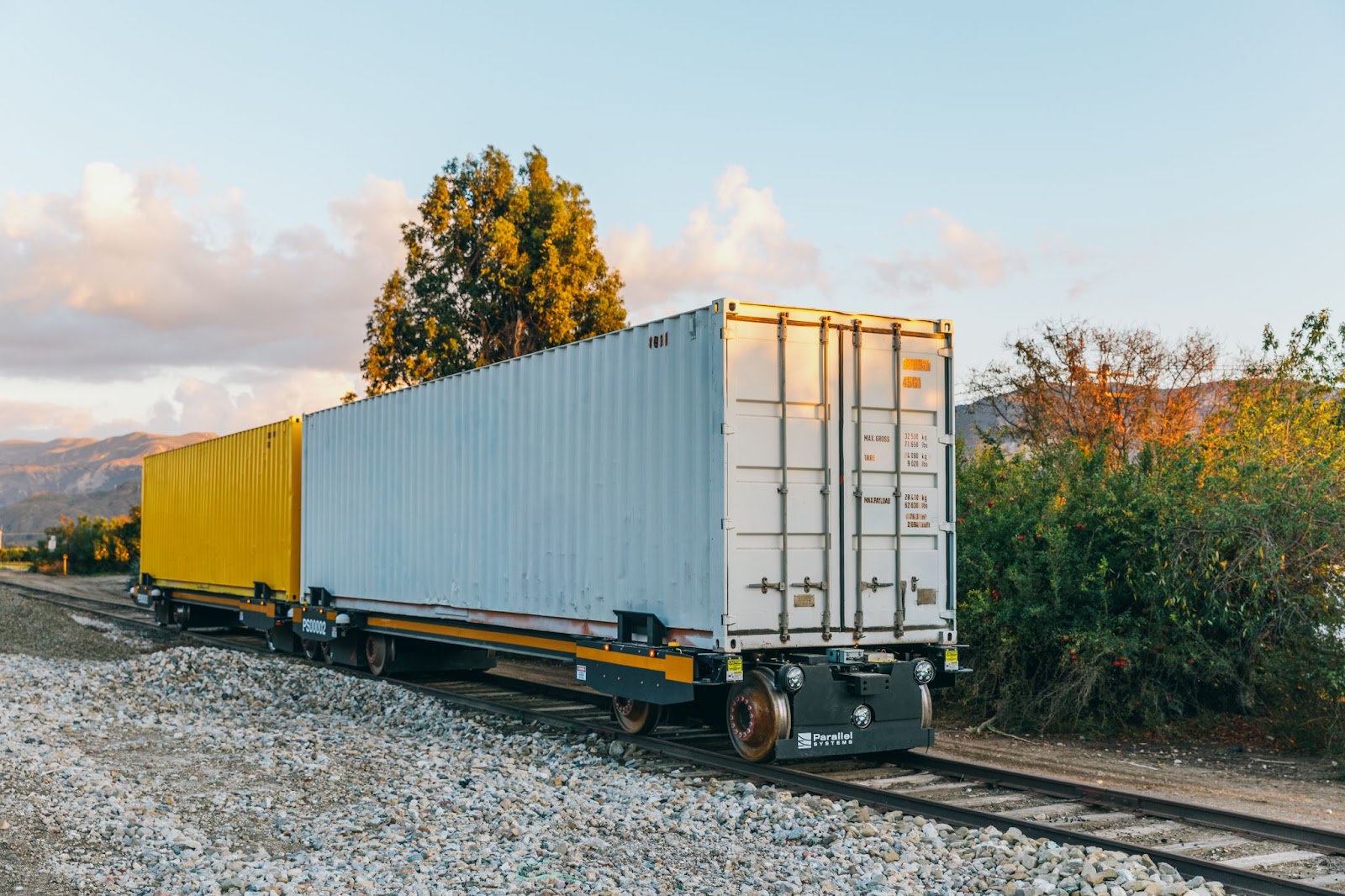
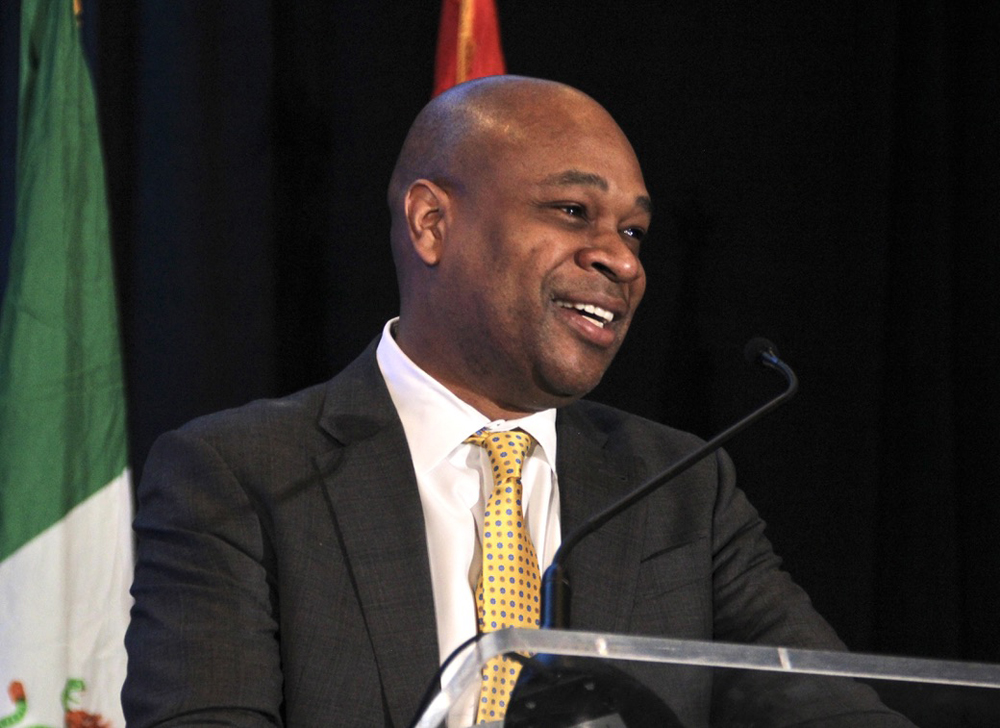




2 T for all sorts of stuff including major air transport bailout, but no one can find a lousy 14 or 16 billion to replace the Penn Station tunnels?! We don’t plan all we do is react after the fact.
AMAZONSMILE
CANDID
+5 (with Curtis, Charles, Gerald and Braden) on infrastructure spending. It’s the best form of stimulus in that it keeps on giving economic value (if properly selected).
I wouldn’t limit it to Corridor or transit passenger rail either though. Freight rail bottlenecks could also be considered (2MT, siding and yard lead extensions, and grade/curvature reduction), as well as intermodal terminal expansion, and roadways around those terminals.
CURTIS – Once again you speak sense. Construction is one of the few industries still operating. Of course the lead time (years) must be factored in. Even if there were such a thing as a “shovel-ready” project, these are not.
Thus it begins (the recession’s economic hit to the railroads).
It will be interesting if the Class I railroads “seize the moment” and seek to gain additional domestic intermodal traffic from the trucking industry. It would appear to be an obvious growth opportunity for the Class I’s, but one does have to wonder if they have foresight and creativity to seize this opportunity?
Are there any marketing/business development smarts remaining among the Class I railroads in this era of “Precision-Scheduled-Railroading” and their obsessive focus on the operating-ratio to the exclusion of all other metrics and business considerations?
To reiterate; now is the time for rail infrastructure spending: Cal. hi-speed, Portal bridge, Hudson and Balto. tunnels, et. al. Cost of borrowing virtually zero and putting men to work. Seize the day.
AMAZONSMILE reaches $169 million.
Gregg, the Wall Street Journal is reporting that the stimulus measure includes expanded unemployment benefits for railroad workers. Amtrak and transit obviously are part of the bailout. The Class I freight railroads are, apparently, not recipients of the stimulus bill.
I would expect that intermodal may benefit simply because trucking is so labor intensive and truck stops are surely hotspots for infection. Many owners that contract to larger carriers will likely park then rigs, at least for the coming weeks.
Bill – I have not read if railroads are beneficiaries specifically identified in the stimulus. That would be interesting to know. Airlines taking the bailout will have stringent requirements to meet until loans are fully repaid.
Regardless, the orgy of issuing debt to finance stock buybacks will surely haunt Class 1 railroads going forward.
I’m also thinking of the PRR’s old “Ft Wayne Speedway” as a prime candidate for hi-speed rail infrastructure investment. Drove along much of it a few years back and was impressed at its engineering. If Amtrak truly wants to transition to smaller “corridors” this is one.
GERALD – Thanks for the post. Here in Wisconsin construction is seasonal. You can’t just shut it down and pick it up again, not without causing massive disruption and incalculable costs all through the industry and the supply chain as well as the project owners who will pay.
Collection of highway gas taxes obviously has decreased and the last thing the state DOT needs is to shut down projects and try to pick them up again next year while paying claims to the contractors for the disruption.
That I can tell in my neighborhood (City of Brookfield and Town of Brookfield, Wisconsin) utility work, housing construction, and highway construction are continuing as before.
I simply can’t agree with what New York State is doing.
The fact is, GERALD, life has to go on. Over these weeks I’ve not been in favor of the shutting down of the country. Chicago’s mayor threatens jail and fines for walkers, joggers and bicyclists (BTW where did she get that authority???). This means she is prohibiting the very activity that people need to maintain and improve their health! What an idiot!
The fact is we’re all exposed to the virus. Most of us will be fine. All else being equal, the walkers, joggers and bicyclists will have a better chance than those sitting at home doing nothing.
Class 1’s should be preparing for a traffic surge later this year.. That’s all I have for now..
Charles, Curtis…
Depending on the state, NY just shut down all construction as being non-essential, which most of it is right now…however, you’re right, if Congress and Trump can put together a 2 Trillion $ recovery package for the general economy then they can certainly put together a 1 Trillion $ package just for infrastructure spending, and now would be the perfect time. Charles, even if things aren’t quite “shovel ready” locking in materials and contracts at today’s prices eliminates the worry of excessive cost increases when the economy is back in full swing, remember, unless that construction contract has a renegotiation clause what ever price the winning company bid is the price they have to meet(at least with private construction projects, doesn’t always apply to government projects for some reason).
Look for the Class 1 narrative to change fairly soon that PSR wasn’t for Wall Street, but in fact saved them from the effects of COVID.on the economy.
While the reduction in humps, increases in consists and number of engines did improve their ratios and their financials, it overall *did* prepare them for a sudden downturn in traffic.
Layoffs and furloughs that occurred during the PSR obsession would have most definitely occurred during the COVID downturn.
Also look for a reduction in derailments as the train lengths begin to shrink and put less transitory pressure on the weaker parts of the ROW.
It will also be interesting to see how fluid the network will begin to get as secondary ROW uses begin to decline.
With Amtrak, commuter lines an others reducing their frequency, the chances of freight interference or scheduling conflicts will decrease.
If the same issues persist, that may be a sign of simply “relaxing ourselves” because expectations have declined or COVID has more railworkers under the weather than expected.
It would be interesting to see what the impact of the Spanish Flu had on US railways in 1918 and compare.